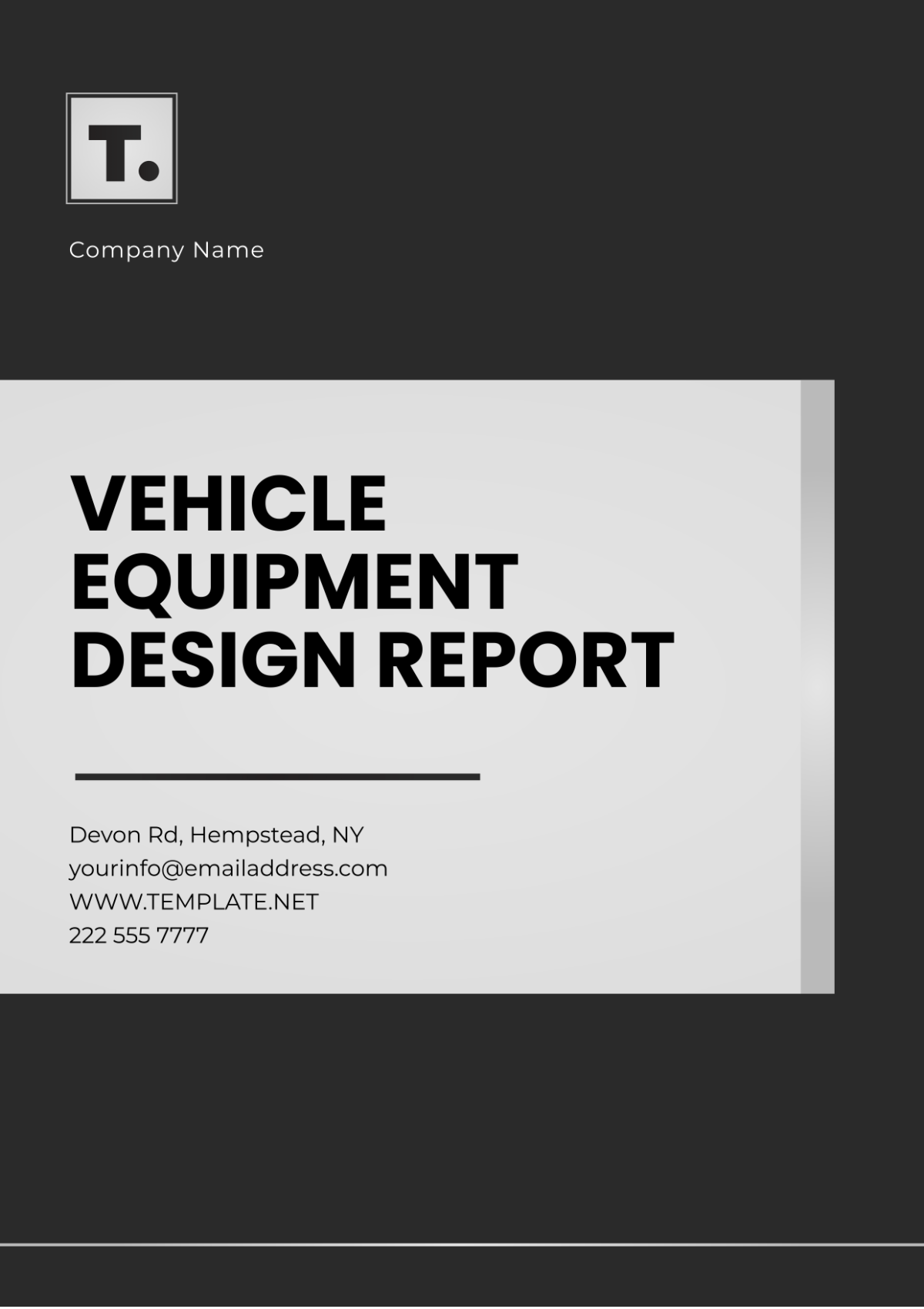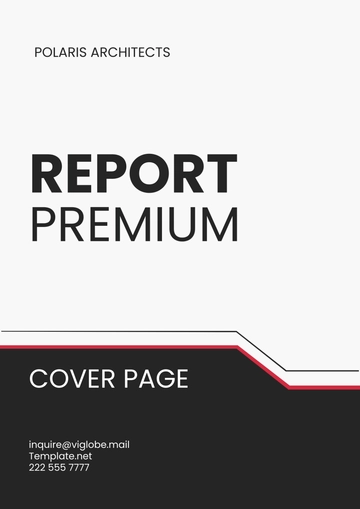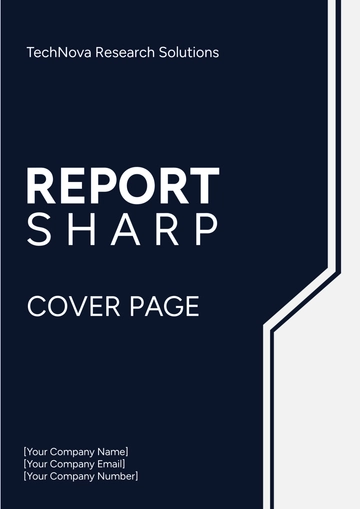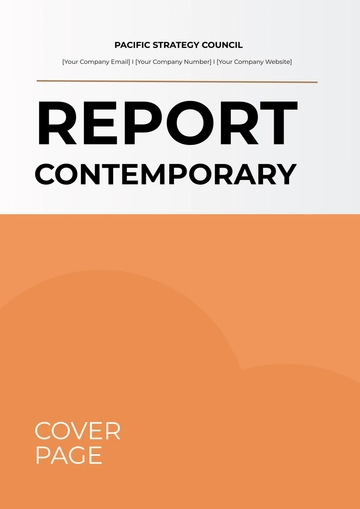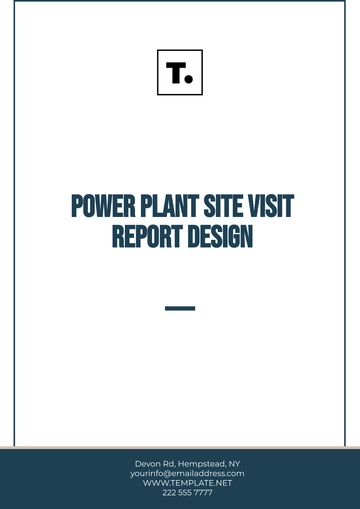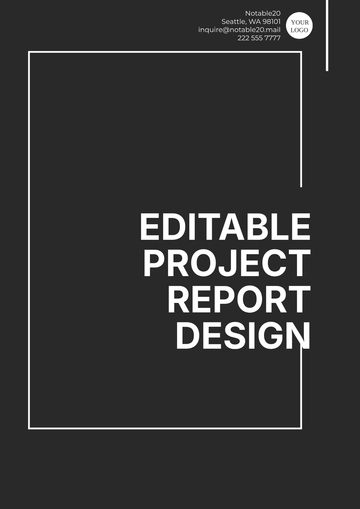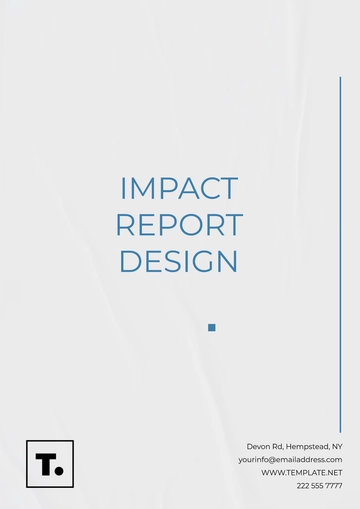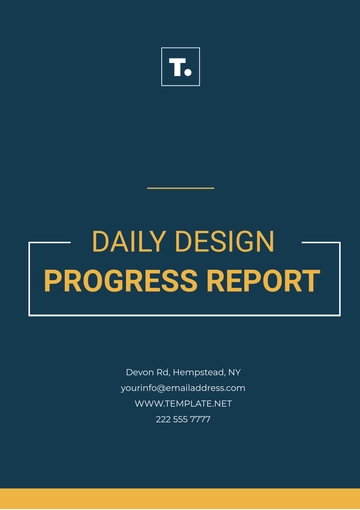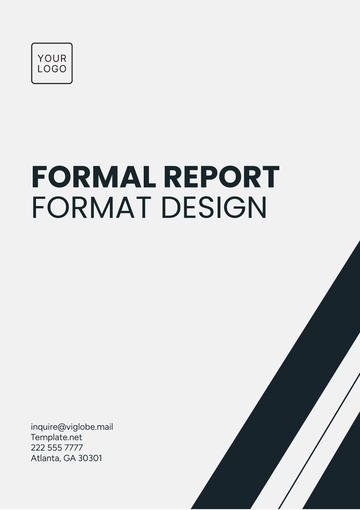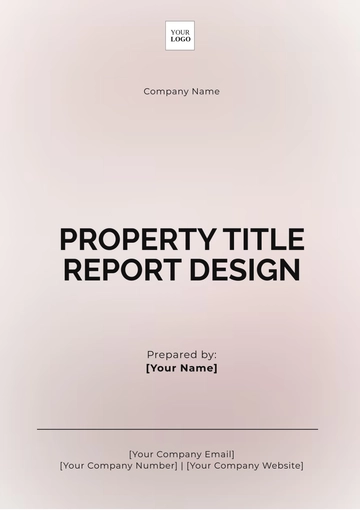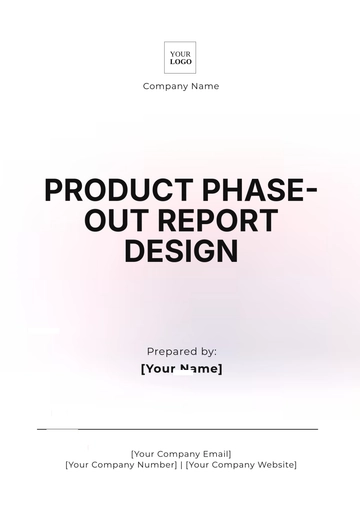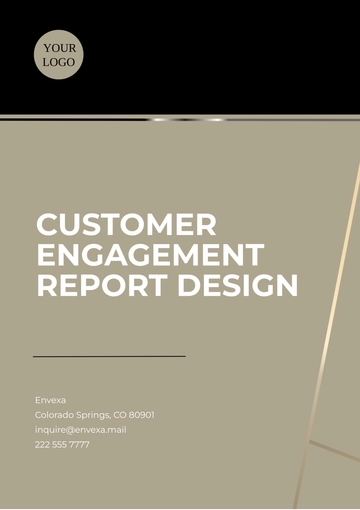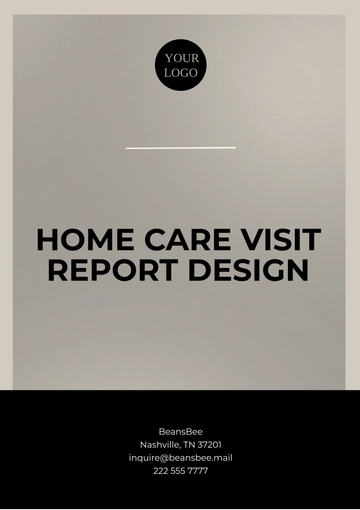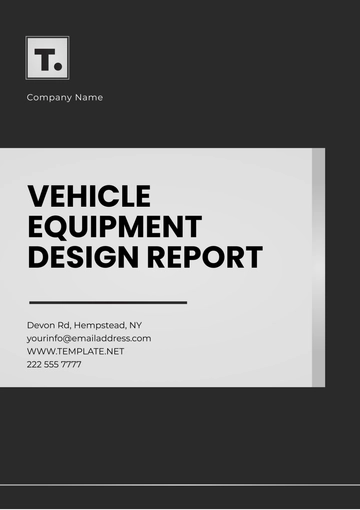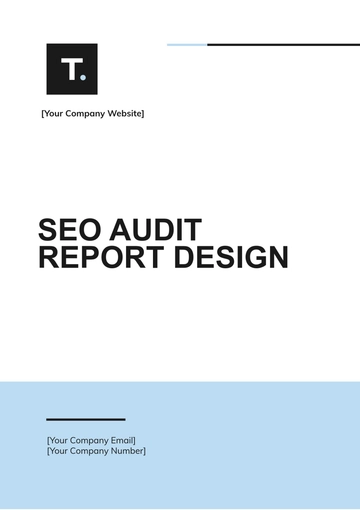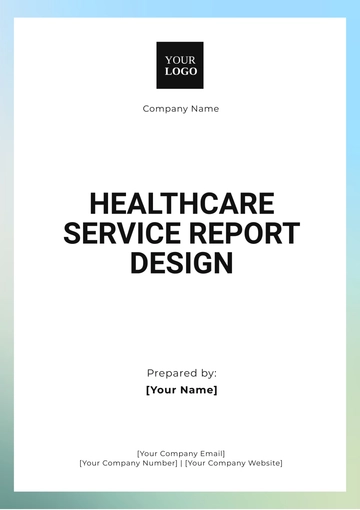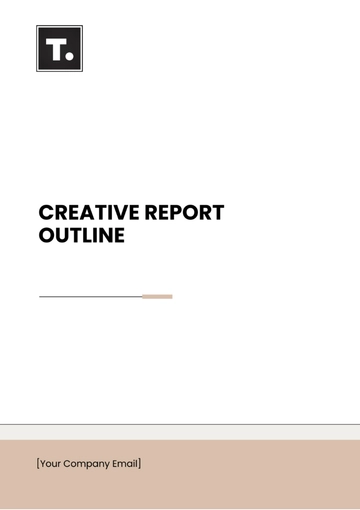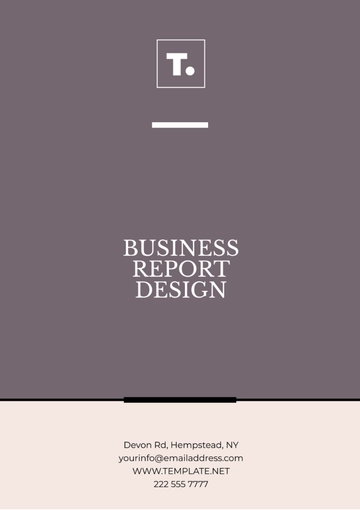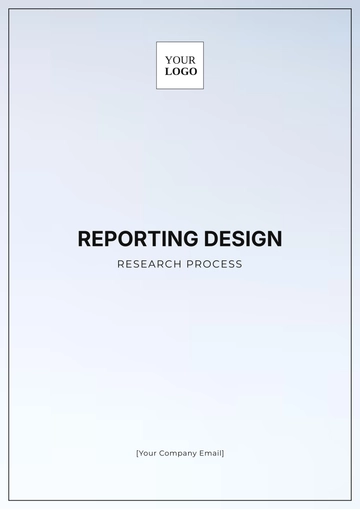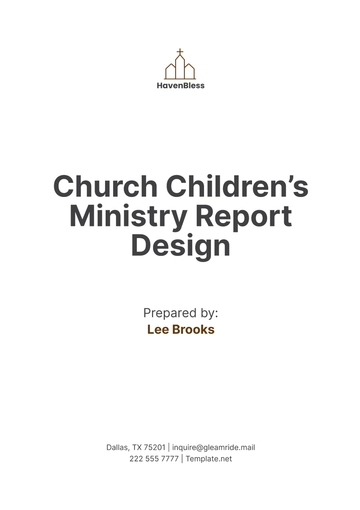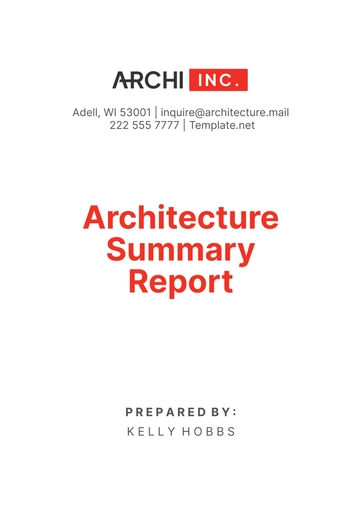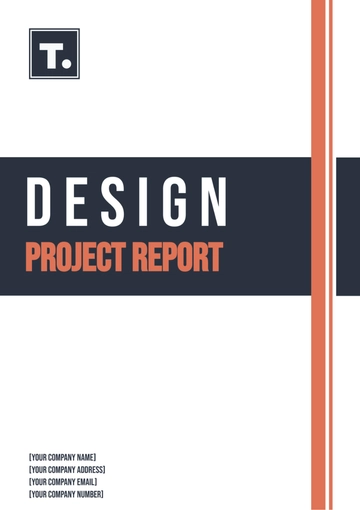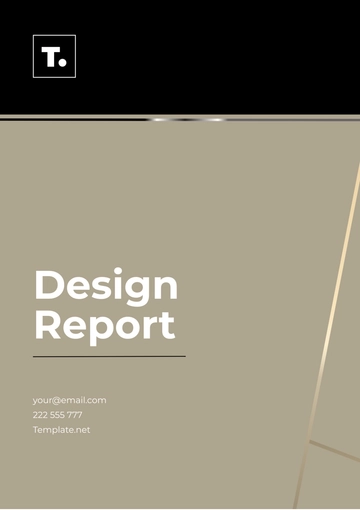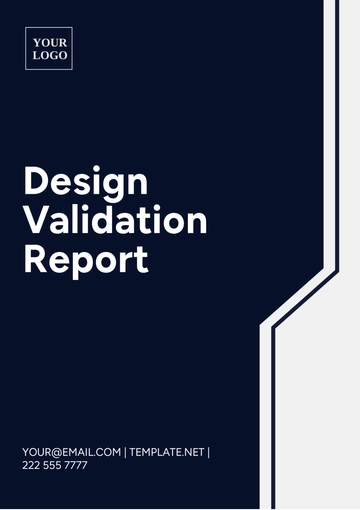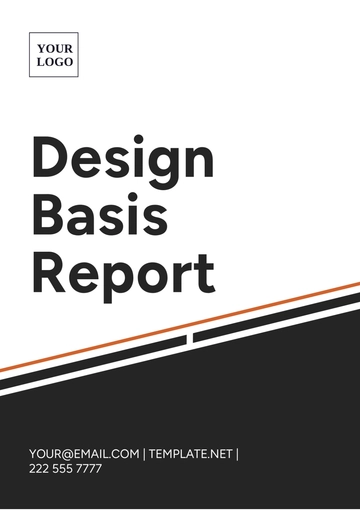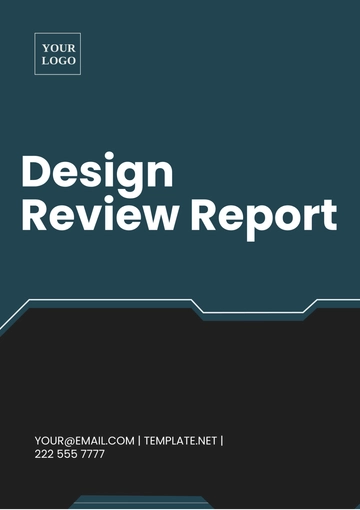Vehicle Equipment Design Report
1. Title Page
Project Name: [Insert project name]
Equipment Name: [Insert equipment name]
Date: [Insert date]
Report Author(s): [Insert names and roles]
Organization: [Insert company/organization name]
2. Executive Summary
Provide a brief overview of the design report. Include:
Key objectives of the project
Summary of the design process
Notable results from testing and evaluation
Key recommendations and next steps
3. Introduction
Background: Describe the purpose and context of the vehicle equipment being designed. Provide information on the industry requirements, market needs, or specific client demands.
Scope: Define the scope of the report, including the focus areas (e.g., structural integrity, aerodynamics, electronic systems).
Purpose: State the purpose of the equipment design project.
Project Timeline: Outline key milestones and deadlines for the project.
4. Requirements and Objectives
Design Requirements: List all technical, safety, and functional requirements for the vehicle equipment. For example:
Weight limits
Durability
Power consumption
Size and dimensional constraints
Regulatory standards (ISO, SAE, etc.)
Project Objectives: Define the goals for the design (e.g., improve efficiency, reduce weight, increase safety).
5. Design Approach
5.1 Concept Design
Initial Concepts: Briefly describe the design ideas explored during the concept phase.
Design Selection Criteria: Explain how the final design was selected, referencing factors such as cost, performance, and manufacturability.
5.2 Materials and Components
Materials: Provide a list of materials selected for each part of the equipment, and explain the reasons for their selection (e.g., weight, strength, corrosion resistance).
Components: List all key components used in the design, including any off-the-shelf parts.
5.3 Engineering Analysis
Structural Analysis: Describe any structural analysis performed (e.g., FEA), including load cases and safety factors.
Thermal Analysis: Include thermal management solutions if applicable.
Vibration Analysis: If relevant, explain vibration analysis results for equipment subjected to dynamic loads.
5.4 Manufacturing Process
Manufacturing Feasibility: Explain how the equipment will be manufactured, including any specific processes (e.g., CNC machining, casting, 3D printing).
Production Methods: Discuss methods for large-scale production if applicable, along with quality control processes.
6. Detailed Design
6.1 Drawings and Schematics
Technical Drawings: Include detailed drawings with dimensions, tolerances, and materials specified for each part.
Electrical Schematics: If relevant, provide electrical diagrams for power systems or control circuits.
6.2 CAD Models
6.3 Simulations
6.4 Safety Considerations
Risk Assessment: Provide details on potential safety risks and how they were mitigated in the design (e.g., through material choice, structural reinforcements, or safety interlocks).
7. Prototyping and Testing
Prototyping: Describe any prototypes built, including materials, dimensions, and how closely they match the final design.
Testing Procedures: Detail the testing methods used (e.g., stress testing, impact testing, thermal testing) and summarize results.
Performance Evaluation: Discuss how the design performed during testing and whether it met the initial objectives.
8. Cost Analysis
Cost Breakdown: Provide an itemized cost breakdown for materials, manufacturing, and testing.
Cost Optimization: Discuss any potential cost-saving opportunities identified during the design process.
9. Design Revisions
Revision History: Summarize any major design revisions made throughout the project, including the reasons for changes and their impact on the final design.
Future Improvements: List any suggested improvements for future iterations of the design.
10. Conclusion and Recommendations
Summarize the main findings of the report, including the overall success of the design, and provide recommendations for the next steps (e.g., further testing, production, or commercialization).
Report Templates @ Template.net
